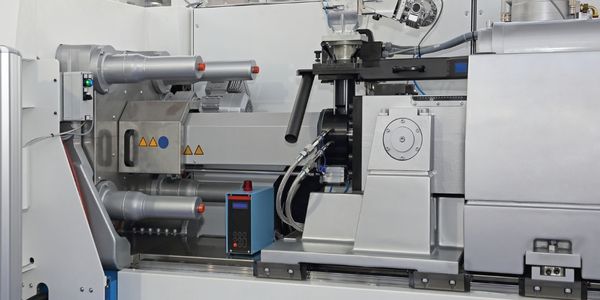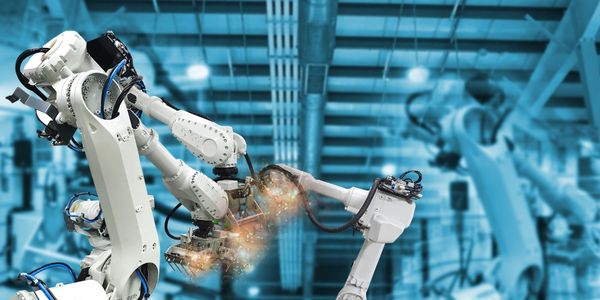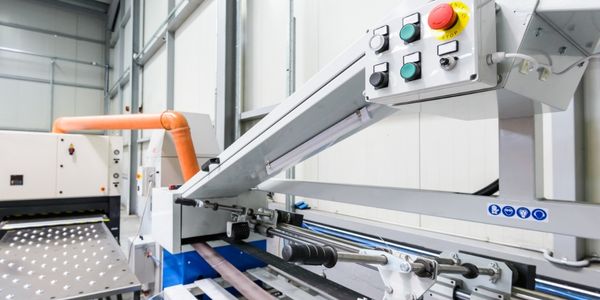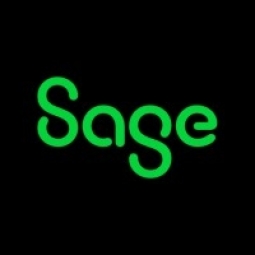公司规模
Mid-size Company
地区
- America
国家
- Canada
产品
- Sage ERP X3
技术栈
- Microsoft Windows
实施规模
- Enterprise-wide Deployment
影响指标
- Productivity Improvements
- Cost Savings
技术
- 功能应用 - 企业资源规划系统 (ERP)
适用功能
- 离散制造
用例
- 库存管理
- 自动化制造系统
服务
- 系统集成
关于客户
Avmor Ltd. 是一家家族企业,60 多年来一直致力于生产和分销优质清洁产品。该公司的生产设施位于一座占地 155,000 平方英尺、通过 ISO 9001-2008 和 ISO 14001:2004 认证的工厂内。该工厂包括液体和粉末混合设施、用于形成丙烯酸聚合物乳液的反应器、完整的包装设施和现场印刷能力。虽然该公司的大部分业务都在加拿大境内开展,但其在美国、欧洲、亚洲和中东的业务正在不断增长。
挑战
Avmor Ltd. 是一家家族企业,生产和分销优质清洁产品,该公司所依赖的旧软件系统已超过其使用寿命。该系统并非基于 Microsoft Windows,而且经过大量定制,因此维护成本高昂。它还缺乏物料需求计划 (MRP) 功能,报告始终很困难。Avmor 全面寻找一种新的完全集成的先进制造和分销企业软件解决方案。
解决方案
在全面审查了 15 个其他选项后,Avmor 选择了 Sage ERP X3 作为首选解决方案。Sage 推荐的当地 Sage 授权合作伙伴与 Avmor 的内部团队合作实施了 Sage ERP X3。该软件提供跨部门信息访问,改善协作并促进更好的决策。它还通过强大的 MRP 功能简化了库存管理。Sage ERP X3 的基于 Web 的架构非常适合 Avmor 的销售人员使用,他们现在可以从任何可以访问互联网的地方访问该软件。
运营影响
数量效益

Case Study missing?
Start adding your own!
Register with your work email and create a new case study profile for your business.
相关案例.

Case Study
Plastic Spoons Case study: Injection Moulding
In order to meet customer expectations by supplying a wide variety of packaging units, from 36 to 1000 spoons per package, a new production and packaging line needed to be built. DeSter wanted to achieve higher production capacity, lower cycle time and a high degree of operator friendliness with this new production line.

Case Study
Robot Saves Money and Time for US Custom Molding Company
Injection Technology (Itech) is a custom molder for a variety of clients that require precision plastic parts for such products as electric meter covers, dental appliance cases and spools. With 95 employees operating 23 molding machines in a 30,000 square foot plant, Itech wanted to reduce man hours and increase efficiency.

Case Study
Hospital Inventory Management
The hospital supply chain team is responsible for ensuring that the right medical supplies are readily available to clinicians when and where needed, and to do so in the most efficient manner possible. However, many of the systems and processes in use at the cancer center for supply chain management were not best suited to support these goals. Barcoding technology, a commonly used method for inventory management of medical supplies, is labor intensive, time consuming, does not provide real-time visibility into inventory levels and can be prone to error. Consequently, the lack of accurate and real-time visibility into inventory levels across multiple supply rooms in multiple hospital facilities creates additional inefficiency in the system causing over-ordering, hoarding, and wasted supplies. Other sources of waste and cost were also identified as candidates for improvement. Existing systems and processes did not provide adequate security for high-cost inventory within the hospital, which was another driver of cost. A lack of visibility into expiration dates for supplies resulted in supplies being wasted due to past expiry dates. Storage of supplies was also a key consideration given the location of the cancer center’s facilities in a dense urban setting, where space is always at a premium. In order to address the challenges outlined above, the hospital sought a solution that would provide real-time inventory information with high levels of accuracy, reduce the level of manual effort required and enable data driven decision making to ensure that the right supplies were readily available to clinicians in the right location at the right time.

Case Study
Fully Automated Visual Inspection System
Tofflon has developed a fully automatic machine that uses light to inspect vials, medicine bottles, or infusion containers for glass fragments, aluminum particles, rubber grains, hairs, fibers, or other contaminants. It also detects damaged containers with cracks or inclusions (microscopic imperfections), automatically removing faulty or contaminated products. In order to cover all production processes for freeze-dried pharmaceuticals, Tofflon needed to create an open, consistent, and module-based automation concept.

Case Study
SAP Leonardo Enabling Rocket Science
At times, ULA has as many as 15 different operating systems dedicated to overlapping processes, such as rocket design, testing, and launch. Multiple systems created unnecessary costs and unwanted confusion among workers at offices, factories, and launch sites in different location. In order to improve collaboration and transparency during vital activities that directly influence mission success, ULA wanted to improve data sharing and streamline manufacturing processes.








